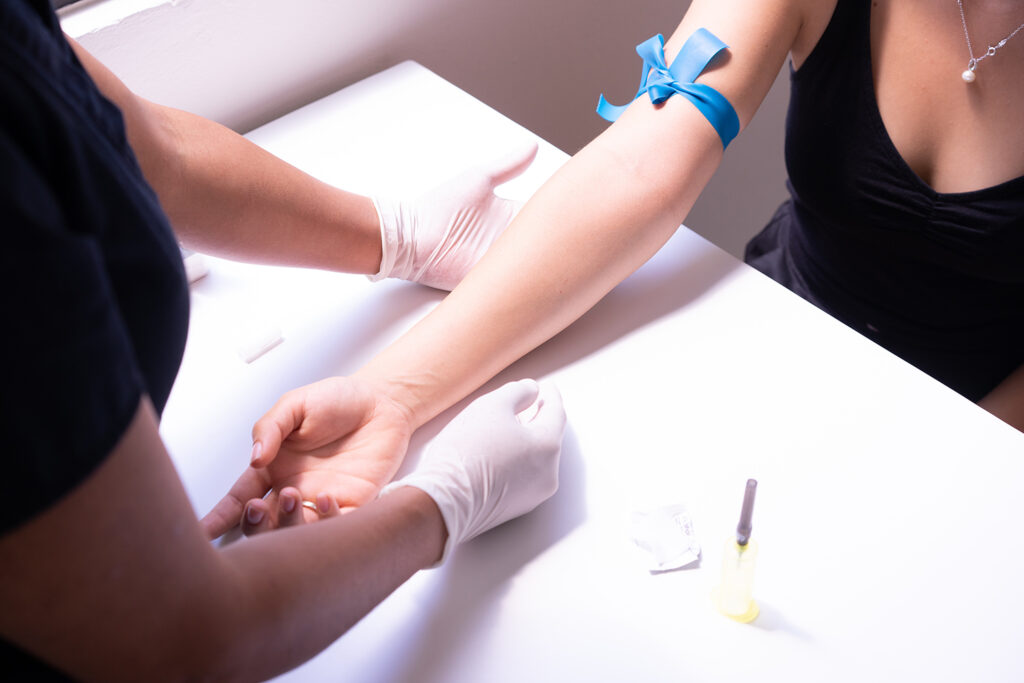
Nobody likes to get poked with a needle and see their own blood streaming through a clear tube. But it can be an important tool in diagnosing and treating medical conditions.
Phlebotomy is a quick and mostly painless procedure that can enable physicians to correctly diagnose diseases and figure out the best treatment options. It’s important to know what phlebotomy is, its purpose in health care, and what to expect in your own experience.
What is Phlebotomy?
Phlebotomy is the act of removing blood from the body for medical examination, usually by puncturing a vein in the arm with a needle. This is also known as a venipuncture or a blood draw. A phlebotomist is a medical professional who is trained to perform blood draws on children and adults. They collect and prepare blood for testing so it can be analyzed in a medical laboratory. They also collect blood for donation.
What’s the Purpose?
Phlebotomy is performed for both diagnostic and treatment purposes. It can be used as a treatment for polycythemia vera, a condition that causes an elevated red blood cell volume (hematocrit). Phlebotomy is also prescribed for patients with disorders that increase the amount of iron in their blood to dangerous levels, such as hemochromatosis, hepatitis B, and hepatitis C. Patients with pulmonary edema may undergo phlebotomy procedures to decrease their total blood volume.
The results of blood tests are used in most diagnosis in modern medicine. A wide range of medical issues, such as blood disorders, bacterial infections, viruses, even some types of cancer can be detected through blood tests. This is especially important when patients can’t properly communicate their symptoms, which helps doctors and other health experts properly diagnose the issue.
Preparing for It and What to Expect
You won’t have to do much to prepare for most blood tests. Some require you to fast, or not eat, for 8-12 hours ahead of time. Your doctor will give you instructions prior to the appointment.
To get blood drawn, you’ll sit in a chair or lie down. The phlebotomist will ask you to make a fist with your hand. Then they’ll tie a band, called a tourniquet, around your upper arm. This makes your veins easier to see and feel, which will make it easier to insert the needle in the right place.
After blood is drawn and the needle is removed, pressure is placed on the puncture site to slow the bleeding and a bandage is applied. Most patients will have a small bruise or mild soreness at the puncture site for several days. During larger blood collections, or treatments, it is not uncommon for a patient to feel dizzy or nauseated during or after phlebotomy.
The patient may be encouraged to rest for a short period once the procedure is completed. Patients are also instructed to drink plenty of fluids and eat regularly over the next 24 hours to replace lost blood volume. Patients who experience swelling of the puncture site or continued bleeding after phlebotomy should get medical help at once. As with any invasive procedure, infection is also a risk. This risk can be minimized by the use of prepackaged sterilized equipment and careful attention to proper technique.
LeAnn Hess is the director of laboratory services with UPMC in North Central Pa. For more information, visit UPMC.com/LabServicesNCPA.




